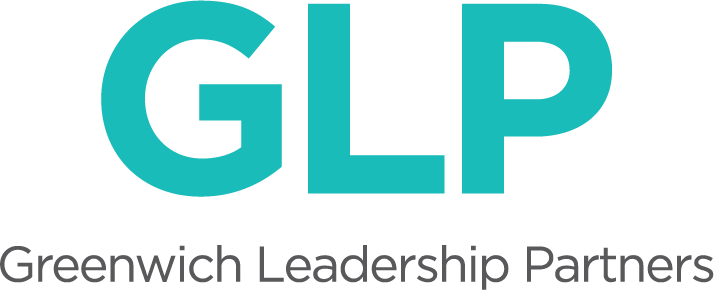By Stephanie Rogen
Summer is often a time for refreshing or renewing goals, and negotiating expectations and performance measures. You may be a board crafting annual goals, a board member developing committee goals, a chief executive working with a team to set goals, or a leader developing personal and/or professional goals.
Oftentimes, goal setting seems simple until you really dive into the work. Clear, measurable, and relevant, high-impact goals are often harder to articulate than we realize. So, whatever the context for goal development, we offer a few tips below to make the process of goal setting work for you.
Start with the big picture—It’s easy to begin by building a list of the things you have to do. This may be useful, but it’s not where you will ultimately need to focus attention and energy in order to move the needle. Start by grounding yourself in the organization’s vision and strategy so that your individual and team goals are aligned with and support the overall direction. Ask what are the three to five things we must do this year to make real progress? If you are building personal goals, build a vision of success for yourself in the many dimensions of your life, and think hard about what will really help you move towards that vision.
Utilize divergent and convergent thinking—Now you can build the list! Use a wide-ranging brainstorm to identify possible goals. In this phase, don’t edit or evaluate—just gather ideas. Divergent thinking will help you avoid feeling stuck, thinking small, or overlooking new insights. Next, use convergent thinking to narrow your focus to the best, most crucial goals. You might group the ideas together in categories and look for overarching themes—which might then be articulated as goals. As you hone in, utilize analysis and critical thinking to understand the practical requirements, risks, and potential benefits associated with each idea or goal.
Don’t confuse goals with tactics —You’ve honed your list, but you’ll likely need to iterate and winnow even further. We see too many leaders smothered in too many goals—10, 15, even 20! As the number of goals go up, focus and impact decrease—and suddenly the laundry list of to-do’s obscures the more important, most impactful work.
Why? We think it’s because tactics are conflated with goals. Goals are the ultimate accomplishment, while tactics are the steps or actions you employ to achieve the goal. Organize accordingly and discipline yourself to no more than five big goals. Three? Even better! Ask if the goals you’ve identified are actually tactics or actions that can be detailed underneath the goal. Make sure that those goals drive your strategy forward in a coordinated way—keeping you, your board, or your team focused on the big picture, and less likely to be distracted by seemingly urgent or unrelated tasks.
Supercharge your goals with clarity and specifics—Goals are meaningless if they don’t clearly state what will be achieved in ways that can be fairly assessed. We see too many goals that are vague, such as “increase satisfaction” or “improve operating efficiencies.” To make progress, goals need to be more precisely articulated, with some hint to the tactics you envision to achieve those goals.
For example, when you state your goal, quantify or qualify it with precision and include “by _____” to describe a bit of your how in the blank. For example, “increase annual giving by 10% (specific and quantifiable) by ensuring donors have a range of weekly and monthly opportunities to engage with programs, staff, and experience that connect their giving to mission impact (how). Perhaps people don’t want to be hemmed into a specific metric or number or a pathway to success, but without it, you may come to the end of the year and find that expectations are widely mismatched. Better to set a clear and specific goal and then talk about progress along the way—and adjust if need be!
Pressure test your goals—Finally, finish where you began and bring your goals back to your vision and test for alignment. Ask yourself: do these goals work in combination to move us/me towards our/my vision? What does success look like at the end of the year if we achieve our goals, and are these the best goals to drive us forward? If the answer is not a definitive yes, go back and refine your work.
Next Up: How to Measure What Matters Most
Why You Need Both Lead and Lag Measures
Measurement Is Not Just for Tracking Results, It’s Also for Learning and Adaptation!
STEPHANIE ROGEN
Stephanie is a governance and leadership expert. She brings an innovative approach (and more than 35 years of experience) to helping educational and not-for-profit boards and leaders successfully pursue mission-driven strategy.
For more insights, subscribe to our free monthly newsletter The Blueprint, a thoughtfully curated reading list that concisely distills the most important resources for educational leadership and governance.

